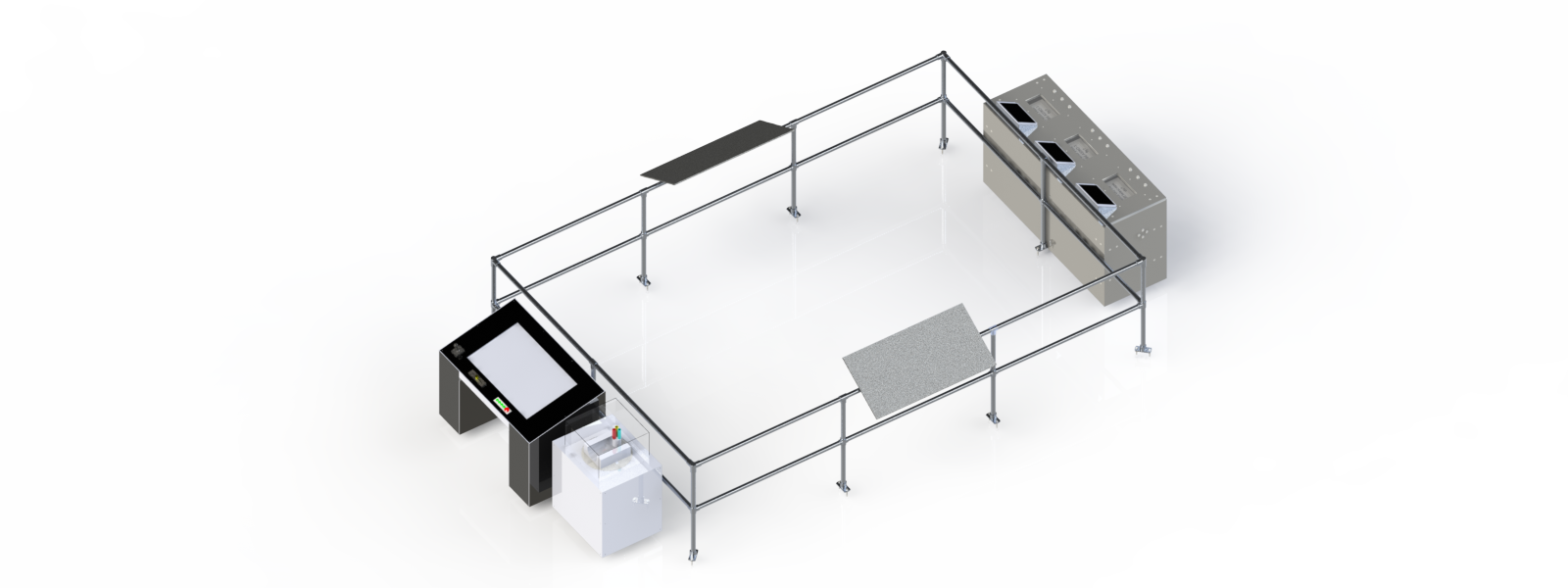Team Members

Connor Davis, Lea Schroth, Louis Bollaerts, Ian Calder, Paul Czerniak, Patrick Dougherty, Devin Haber, Angelina Herrero, Isabel Husted, Emmanual Martinez, Jake Greenwell, Aulora Wright
Abstract

In solving the need statement presented by the Astro Restoration Project, the main objectives set by the group were to provide a game experience that facilitated learning throughout and subsequently increased engagement in the material. Game features would also offer varied experiences to encourage return visits. The exhibit was to be accessible to many cultures and demographics through multiple language support and handicap considerations. Durability, safety, and cleanliness through the constant use were paramount in adequately maintaining the wellbeing of the large crowds that may be visiting the exhibit. The final solution contained two layouts, one for the US Space and Rocket Center (USSRC) and one for the National Air and Space Museum (NASM), to accommodate for the different spaces of each. The layout at the USSRC utilizes the prior existing railing while the layout at the NASM uses a 10′ by 15′ railing system by Hollaender. Both layouts include two games placed on opposites sides of the exhibit to keep a proper flow of guests. The first is a trivia game with three stations for three guests to play at once. Each station has a touch screen, octagon with questions on each face, and three buttons for answer selection. The octagon is attached to a motor and spins on an axle with the random question that faces the user at the end of spinning being the question for them to answer. The second game has the user in a simulation controlling the telescope to find UV hotspots in space. A TV shows the view of the telescope, and a joystick is used to control the movement of the payload. Both games can be played in multiple languages. Supplemental placards provide additional information on the Astro Payload.
Pitch Video
3D Interactive Product Model
The following is an interactive 3D model of the product design. You can view and rotate the product assembly in different orientations and views, including an exploded view to see the various parts that make up the assembly.